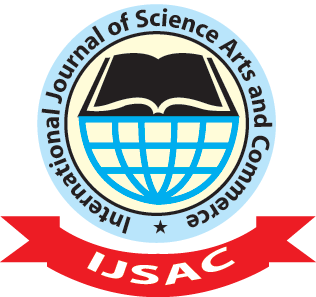“The purpose of a Liberal Arts education is to open the mind, correct it, to refine it, to establish it to know; and to digest, to rule, to use knowledge, and to give the mind power over its own faculties”
John Henry Newman “The Idea of a University”2
The artist Leonardo Da Vinci, designer of aircraft, called himself an “engineer:” the mathematician Luca Pacioli, the Father of Accounting, who taught Da Vinci “perspective,” gave the world of business the information system we still use to determine the “bottom line:” the Renaissance master, Michelangelo, an “architect” gave us a variety of lines with the Pieta and the dome of St Peter’s Basilica in Rome. And, among so many other Renaissance masters educated in the liberal arts, Marco Polo, with his fellow Europeans, traded as they expanded business activity in Europe and created the wealth that fostered great artistic endeavor.
Two centuries later in Scotland, moral philosopher and customs official Adam Smith of Kirkaldy continued the study of economics: James Watt, an engineer invented the steam engine and gave his name to electric power: McAdam, another Master of Arts, built roads to facilitate the distribution of goods for export and import and economic development.
South of the border,3 Adam Derby with the introduction of steel products, and Josiah Wedgewood, replacing wood and copper plates with china, began modern business development aiming with mass production to satisfy the consumers of our world.
What have all these people in common? Why do I bring them to your attention? They are my personal selection from hundreds of European artists and wealth creators. They, from among so many others, all enjoyed the benefits of a liberal arts education. They, among so many others, made economic development the business of the liberal arts
What is the role of a Liberal Arts education? How can we learn about the relations between business, economic development and the liberal arts? How can we acquire and understand the interrelationship between the humanities, the sciences, and our future in Europe? How can we possess the truth?
With Forty years of experience I believe I have learnt some of the answers to these questions.
First let me frame my answers in a phrase my great teachers used to explain the liberal arts to me. The quest for truth I am told and I believe is like knowledge of a forest. Trees and shrubs and many types of undergrowth make up a forest. To understand the forest we must therefore learn about trees and shrubs and undergrowths; and as we learn of plants and biology and ecology we begin to become aware of the “idea” of a forest. The forest is not a simple idea. There are a plethora of facts to learn and relationships to understand. Trees and shrubs and undergrowths must interact to make a “whole” forest. In the same way each of the subjects we study at a liberal arts university, each of our studies, gradually combine to enable faculty and students to understand the ever changing nature of business and economic development.
